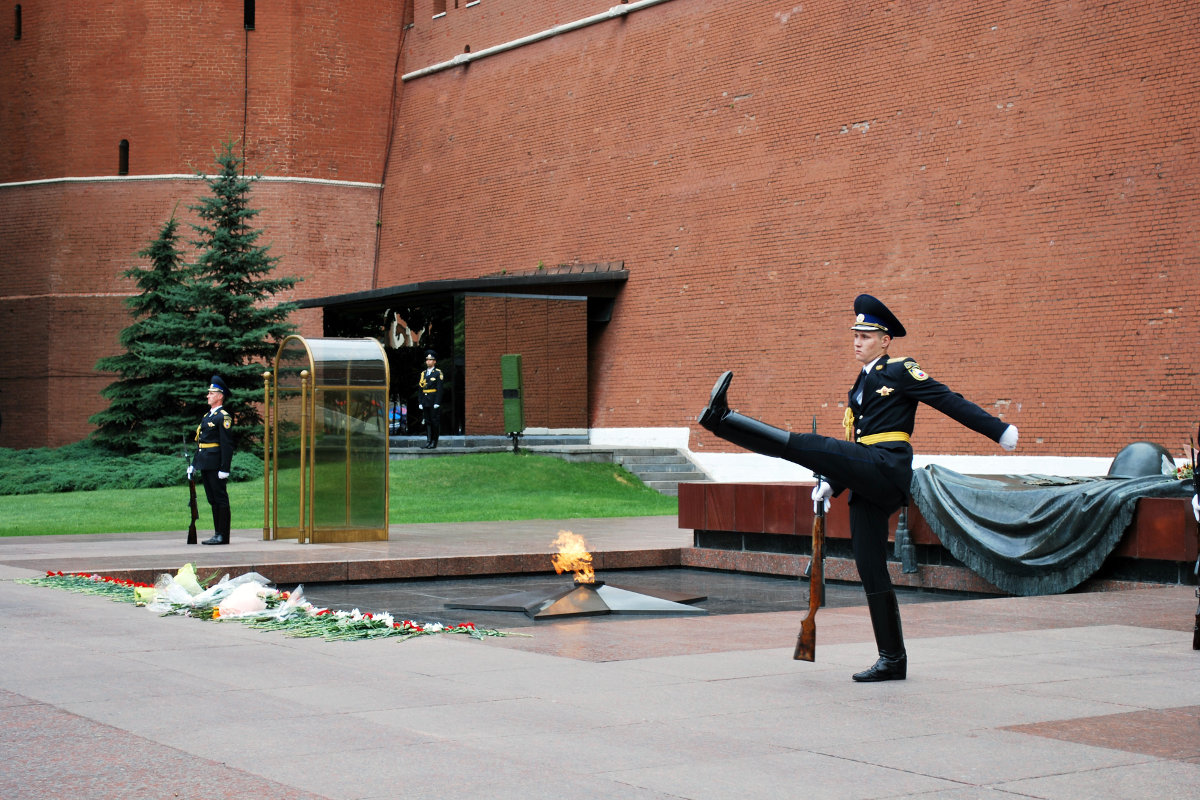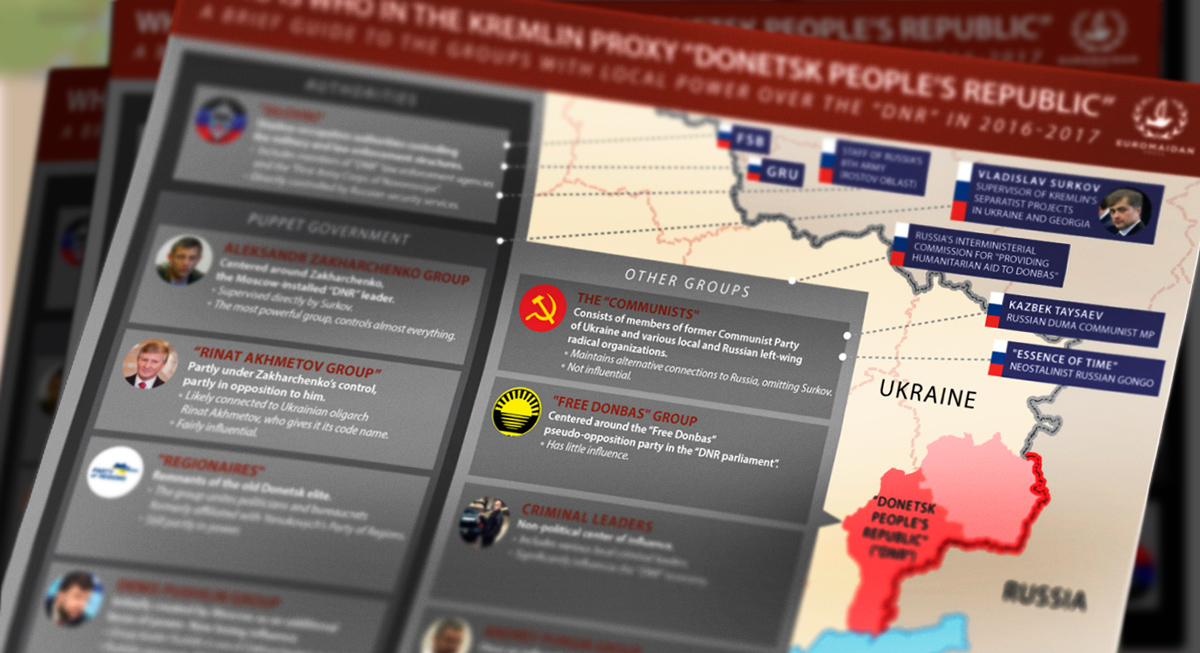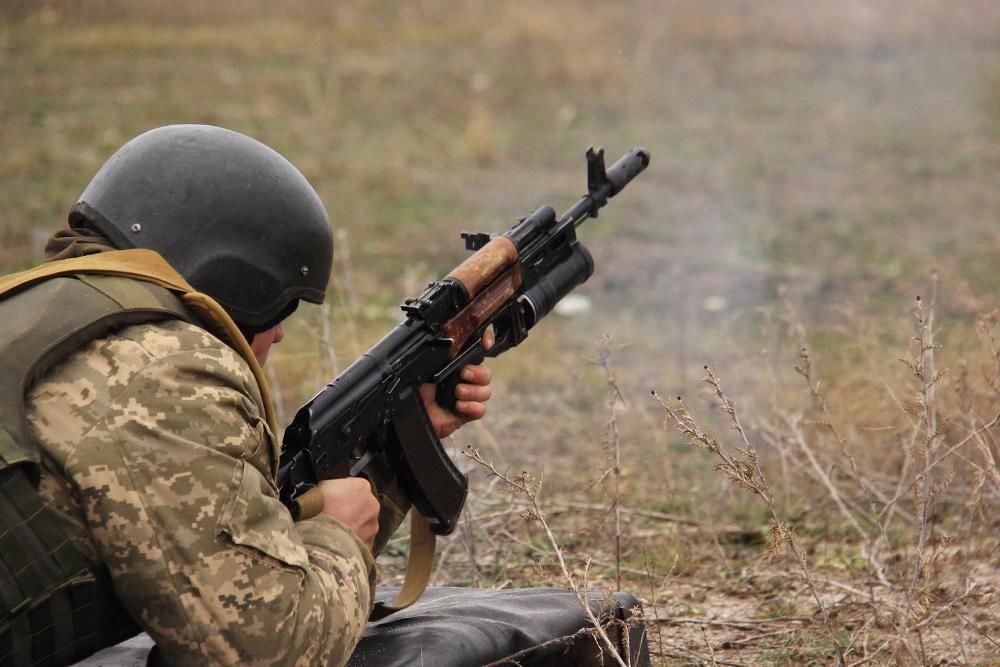President Petro Poroshenko held a interview with Ukrainian TV channels on Sunday, September 21, during which he discussed events in Ilovaisk and the state of the Armed Forces of Ukraine.
According to Poroshenko, there were two reasons for the tragic events in Ilovaisk, where many Ukrainian soldiers died.
"The first (reason) was the surrender of positions, which made the encirclement possible, he said. "The second -- and now I can talk about it -- was the fact that the shock troops that were supposed to reinforce combat capability and come to the rescue (of the ATO forces) were delayed three days," he said. "If they had arrived according to plan, our actions would have been dramatically different," he added.
When asked about the performance by the General Staff and the Ministry of Defense of Ukraine during the events in Ilovaisk, Poroshenko stated there were two commissions of inquiry looking into the matter -- by the Prosecutor General's office and a temporary one by the Verkhovna Rada.
However, Poroshenko dismissed speculation on the possible dismissal of the Minister of Defense Valeriy Heletey. "How many ministers of defense have we've had already during the Revolution of Dignity? he asked. "He is the third one. Do we have an undisputed leader to replace Heletey? He is unknown to me."
In addition, Poroshenko reported that he gave the order to disband the 51st brigade and to form a new one called the 14th brigade.
"After the events near Volnovakha, Sverdlovsk, and Chervonopartyzansk, where Ukrainian military from the 51st brigade surrendered, I gave the order to disband it. A new brigade with different soldiers and a different command will be formed. It will be called the 14th brigade. The process has already begun," he said.
As previously reported, at the end of August, near the strategic city of Ilovaisk, units of the Donbas, Dnipro, Svitiaz, Kherson, and Myrotvorets battalions were encircled by Russian armed groups and army troops. Over a period of several days, leaders of the units appealed to the leadership of the Anti-Terrorist Operation (ATO) for support and to create a corridor for removing the seriously wounded. These appeals were not heard and did not receive a response from the military and government leaders.
An agreement was reached with the Russian troops that Ukrainian soldiers who were encircled near Ilovaisk would be released. However, the agreement was not carried out, and small groups of soldiers are still leaving the encirclement.
Later, Minister of Defense Valeriy Heletey stated that at least 107 Ukrainian soldiers and more than 300 Russian soldiers had died during battles near Ilovaisk. According to him, 6 Russian battalion task forces, armed with powerful modern artillery, entered Ukraine from Russian territory and attacked the rear of the grouped ATO forces. To avoid massive casualties on both sides, mid-level officers agreed to provide two corridors for the withdrawal of ATO forces. Russian generals later gave the command to fire at the ATO columns and the captured Russian paratroopers that were with them, he said.
However, Prosecutor General Vitaliy Yarema stated earlier that at least 200 Ukrainian soldiers died in Ilovaisk. He also reported that military prosecutors in Dnipropetrovsk are investigating the circumstances of the deaths in the Ilovaisk encirclement. "Whether there were objective circumstances as a result of Russian aggression or whether there were failures of the leadership of the military units," he said.
As previously reported, military prosecutors have been questioning senior management of the Armed Forces of Ukraine in the investigation of the Ilovaisk events. Those questioned include Chief of the General Staff Victor Muzhenko and Commander of the Southern Operational Command Petro Lytvyn.





